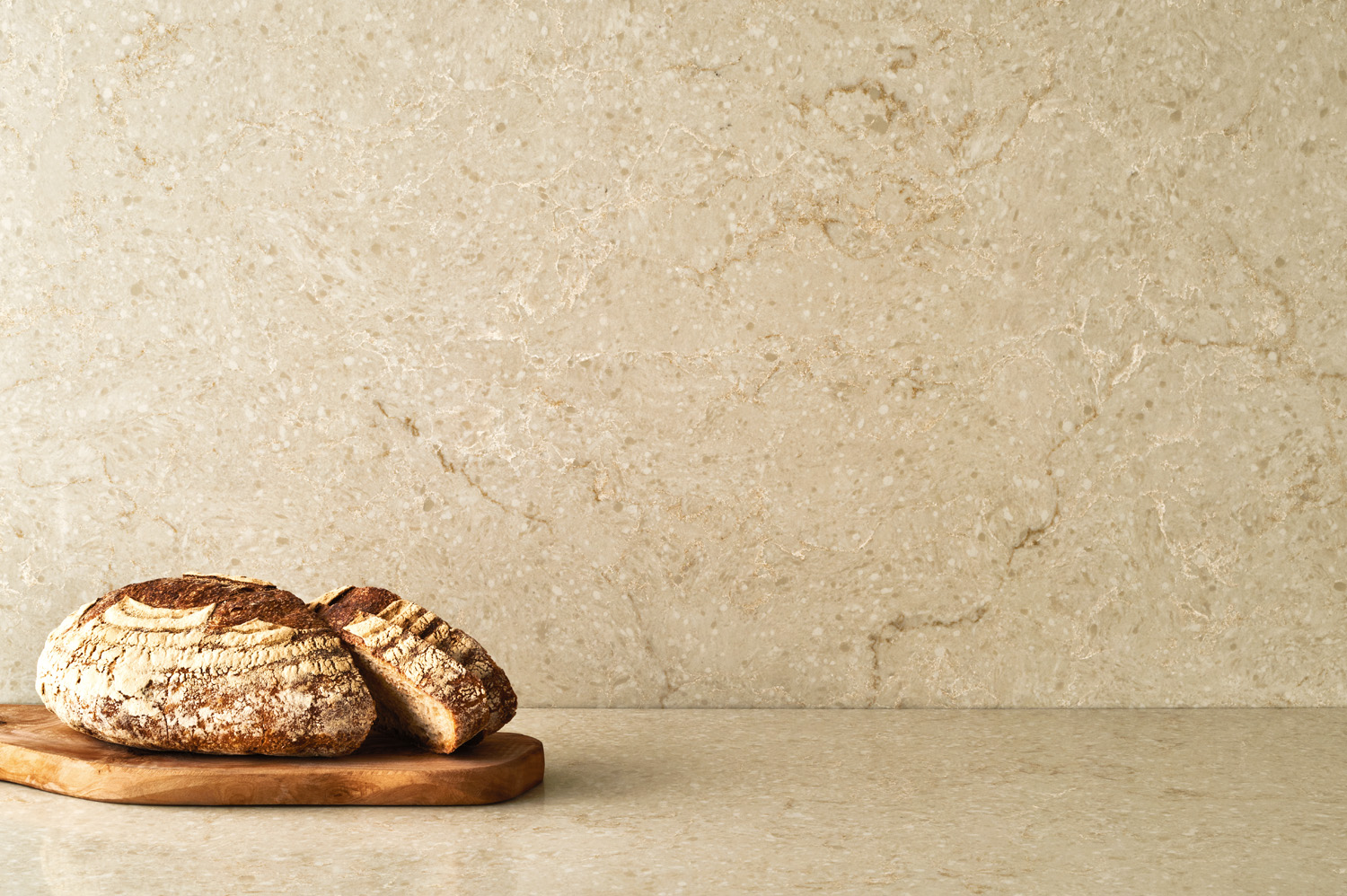
Story: Jacki Brown, MAILDM
Hardscape features often make the boldest statement in a landscape. While plants are a vital ingredient in any garden, they can be accentuated with the use of built structures and introduced features such as walls, seating, sculptures and water features. Such structures and decorative features are the elements that differentiate a landscape from a garden. If well integrated, hardscape elements help to set the theme and atmosphere of a garden, whatever your preferred garden style.
Some landscape structures are essential as they perform a functional role as dictated by your needs, the site constraints or council regulations. These include retaining walls, fences and rainwater tanks. They can be masked using plants or hard screens, or utilised as features.
Some hardscape elements are included purely for aesthetic enjoyment, such as water features, sculptures, pots and urns, arbors and arches. Of course, some structures can be both functional and decorative. These include decks, pools, shade pavilions, pergolas and garden walls. They all provide some element of comfort or function — such as shade, a place for children to play, the muffling of street noise or somewhere private to relax.
Different moods can be created by your choice of structures and hardscape elements. Using a large variety of elements might create a busy, lively effect; using a minimal number of pivotal accent features will make a more dramatic statement; and using a series of soft, understated elements may give a more relaxed impression. Of course, there are many styles of landscape structures and hardscape elements you can employ to create different visual effects.
Figuring out your preferred style is the first part of the landscape design process. Start with a brief summary of what style or mood you want to create. For example, you might want a coastal-style garden with lots of low-maintenance native plants.
Second, make a list of your site constraints — you may have a block that receives a lot of shade and has a view of the neighbour’s ugly brick shed. Then consider your site’s physical conditions (topography) and growing conditions (soil type and microclimates). This will help you select plants that will thrive.
Third, if built structures like decks, retaining walls, pools or pergolas are on your agenda, contact your local council to see what approvals you will need. Also keep in mind such substantial construction projects will increase your budget and time requirements.
A landscape designer can advise of suitable plants that will help to integrate any new structure or hardscape element into your garden, as well as give you a detailed overview of the different styles that would be best suited to your site’s specific needs. A landscape plan will tell you where certain structures are best located. This is something many people have trouble visualising so it helps to have an experienced landscape designer who can demonstrate this via a drawing.
A landscape designer can also help you come up with innovative and creative ideas you might not otherwise have thought of — retaining walls designed to function as seating, water features integrated into pools, clever ways of concealing things like rain water tanks and garden sheds.
Even if you don’t have the budget or time to implement all your landscape plans at once, a landscape designer can help you plan a staged approach so the work can be done as funds or time allow. This may be necessary if you have a lot of pricey structural work planned and is just as useful whether you are going to install some of it yourself or get a contractor to construct it all for you.
To have a harmonious look and enhance the overall landscape, all the hardscape structures, elements and features need to be carefully coordinated. This is where professional landscape design advice can prove invaluable. A landscape designer will be able to combine sculptures and structures, colours and themes to create a cohesive whole, thereby avoiding a hotch potch of different styles and ideas. A landscape that is consciously composed provides a more harmonious, relaxing and enjoyable space for your family to enjoy.
This article was prepared by Jacki Brown and the team at ecodesign on behalf of the Australian Institute of Landscape Designers & Managers (AILDM). If you would like to find an AILDM member in your area, visit the website: www.aildm.com.au.


